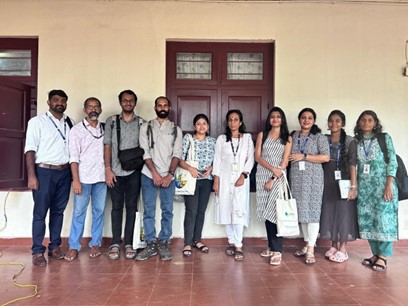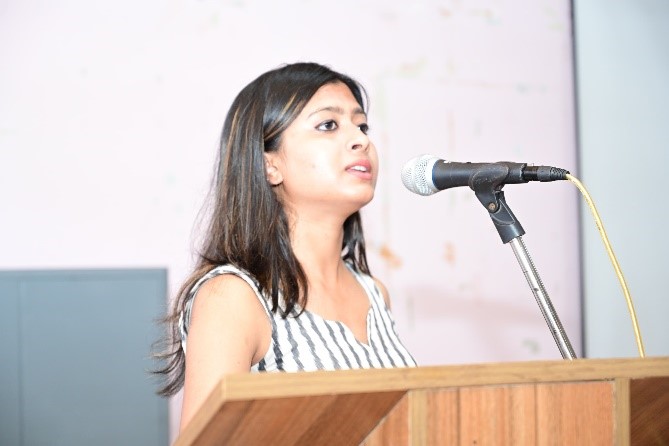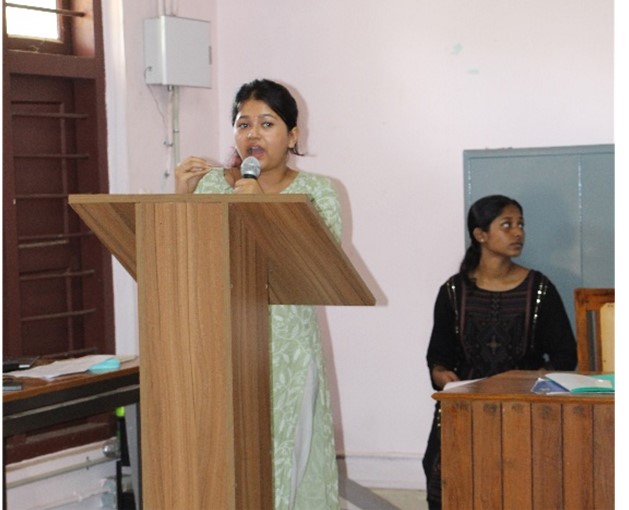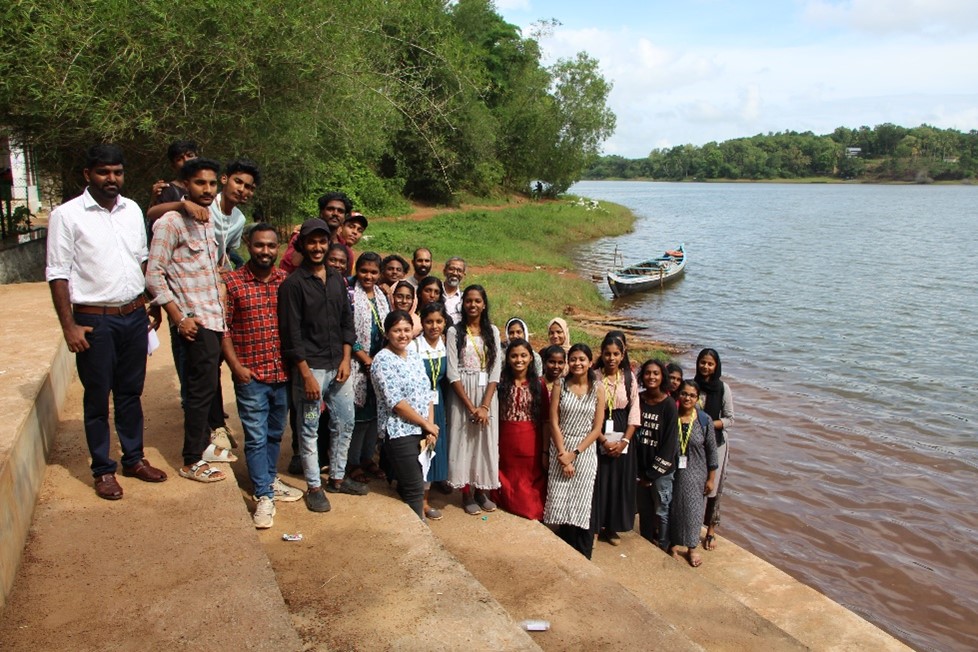
Youth for Wetlands: Empowering Conservation through Wetland Learning Centre
-
Capacity development
-
Wetland values, status and trends
Wetlands International South Asia commemorated World Environment Day 2024 by organizing a two-day workshop on the 5th and 6th of June at Kumbalathu Sankupillai Memorial Devaswom Board College, Sasthamkotta.

The initiative was organized in collaboration with the State Wetland Authority Kerala and the Bhoomithra Sena Club under the Department of Environment and Climate Change (DoECC), Government of Kerala, along with the Department of Botany at Kumbalathu Sankupillai Memorial Devaswom Board College, Sasthamkotta. The workshop, attended by nearly 100 students, aimed at broadening the understanding and fostering action towards the conservation of Kerala’s invaluable wetland ecosystems. The primary aim of the workshop was to establish a Wetlands Learning Centre at the Sasthamkotta Ramsar Site in collaboration with KSMBD College.
The workshop featured interactive sessions and hands-on training covering various aspects of wetlands, including their definition, ecosystem services, biodiversity, threats, and conservation strategies. The student volunteers were chosen to lead activities at the Wetlands Learning Center, showcasing the vital role of youth engagement in wetland conservation efforts. This collaborative effort served as a platform for knowledge exchange, capacity building, and collective action towards safeguarding Kerala’s rich wetland heritage.

Structured into five technical sessions, the workshop provided a comprehensive overview of wetlands, including their ecological features and significance. These sessions covered the introduction to wetlands, their biodiversity and ecosystem services, the threats they face, and the tools and techniques for mapping and monitoring wetland features and threats.
The first session introduced the concept of wetlands, emphasizing key ecological features such as hydric soils, hydrophytic vegetation, and inundation dynamics.

The second session focused on wetlands’ biodiversity and ecosystem services, highlighting their role as hotspots of ecological diversity supporting approximately 40% of all species, including many endemic and endangered ones.
The third session highlighted threats to wetlands, underscoring their rapid disappearance despite numerous benefits.
The second day of the workshop primarily focused on mapping and monitoring wetland features and threats, introducing the wetland inventory, assessment, and monitoring system (WIAMS). Additionally, representatives from the State Wetland Authority Kerala provided insights into the management efforts of Sasthamkotta Wetland.

The workshop concluded with a wetland walk, facilitating knowledge exchange between students and experts. Participants appreciated the abundant biodiversity thriving within the wetland ecosystem and received valuable guidance on leading tourists through the area with proper etiquette and adherence to guidelines, ensuring a positive and educational experience for all visitors.
